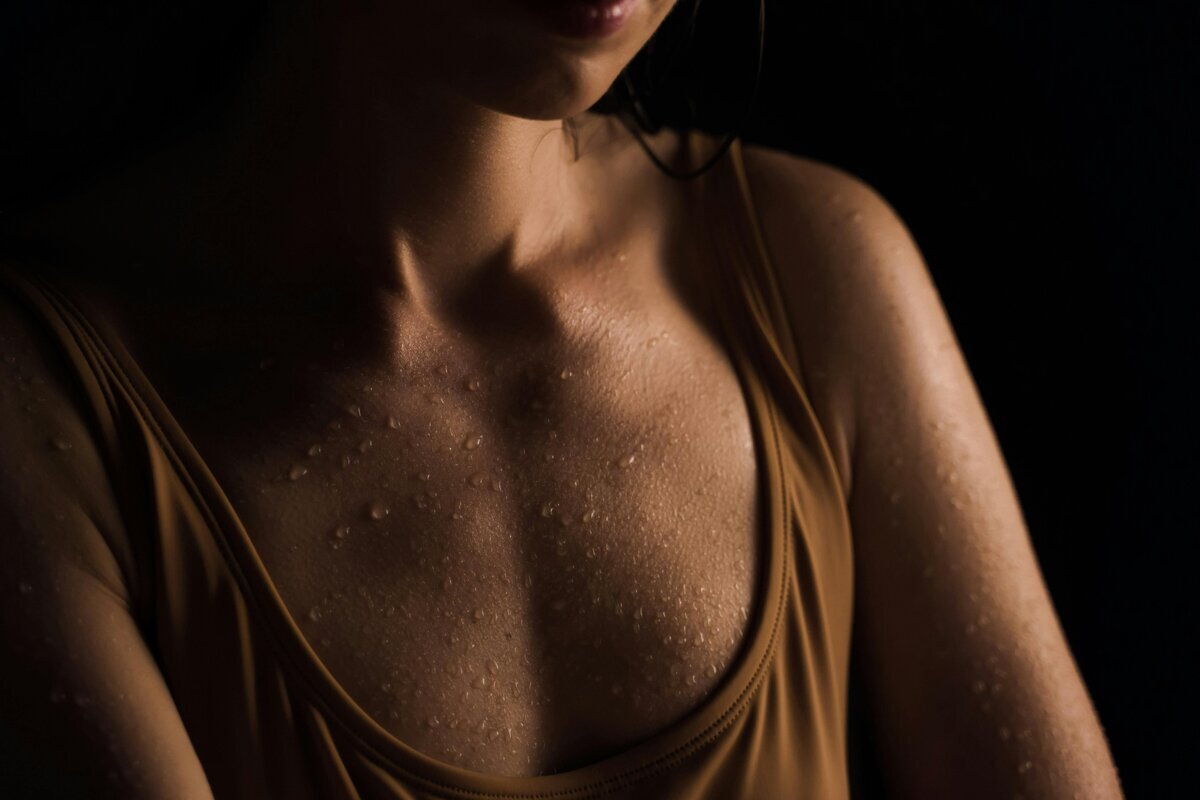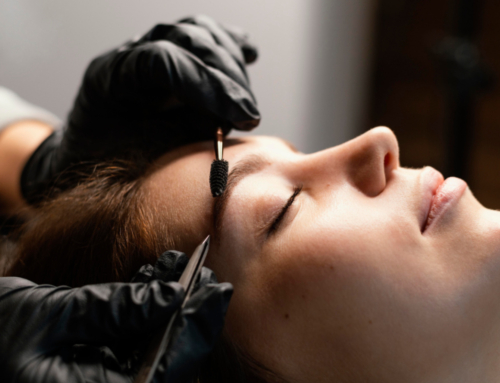Three-dimensional areola tattoos are a transformative final step in breast reconstruction, offering women the opportunity to restore both physical appearance as well as emotional well-being after enduring breast surgery or having a mastectomy. This specialized form of medical tattooing, also known as paramedical micropigmentation, uses advanced techniques to create remarkably realistic nipples and areolas that help survivors feel whole again.
BEFORE YOUR APPOINTMENT
Patients must wait a minimum of one year after your final breast reconstruction surgery before getting a tattoo in the affected area. This waiting period allows incisions to heal completely and gives breast tissue or implants (and scar tissue) time to settle into their natural or new positions.
One week before your appointment, avoid sun exposure, moisturizers, self-tanners, and exfoliating products on your chest area. These can affect how your skin accepts the pigment and may interfere with the healing process. If you’ve recently completed a course of antibiotics, you’ll need to wait the same number of days as the duration of your medication before your procedure can be scheduled.
Your healthcare provider will typically prescribe antibiotics to take one hour before your procedure as a preventive measure. Make sure to pick up this prescription in advance and take it exactly as directed. Continue taking your regular daily medications, including blood thinners, unless specifically instructed otherwise by your medical team.
On the morning of your appointment, shower as usual but avoid applying lotions, creams, oils, or powders from your waist up. Choose loose-fitting, comfortable clothing and consider wearing a loose-fitting bra to prevent putting pressure on the freshly tattooed area after your procedure.
Understanding the Procedure and Recovery Process
The 3D areola tattoo procedure typically takes two to three hours during your first visit, which includes consultation time, color selection, design planning, and the actual tattooing process. Topical numbing agents will be used to ensure a comfortable experience, and your specialist will work with you to select the pigments that match your natural skin tone and, if applicable, your remaining nipple for symmetry.
The artistic process involves creating realistic-looking nipples and areolas using light and dark pigments strategically placed to simulate natural shadows and highlights. While the finished tattoo remains flat to the touch, similar to any other conventional tattoo, the skilled use of shading techniques creates a convincing three-dimensional appearance that closely mimics the natural contours of the breast.
Recovery follows a pattern similar to that of traditional tattoos, but with specific considerations for the sensitive chest area. Immediately after completion, your specialist will cover the area with protective gauze and provide detailed aftercare instructions. The healing process typically takes 1 to 2 weeks, though it may take longer for the area to settle into its final appearance.
Your follow-up appointment will be scheduled 8-12 weeks later for touch-ups and color adjustments. This second session, which is usually shorter in duration, enables your specialist to refine the results and ensure optimal pigment retention.
Essential Aftercare Guidelines for Optimal Healing
Proper aftercare plays a crucial role in achieving the best possible results from your areola restoration. Following these guidelines carefully helps ensure appropriate healing, prevents complications, and maximizes the longevity of your tattoo.
Apply a thin layer of the aftercare product to the affected area, which will be provided by your specialist after cleaning, both morning and night for the first few days. Avoid over-saturating the area with balm, but also don’t let it become too dry. Think of your fresh tattoo as an open wound that requires careful attention during the healing phase, and you want to “cover, not smother” it.
Resist the urge to scratch, pick, or peel any flaking skin or scabbing that may occur during the natural healing process, as doing so may remove the implanted pigment.
For the first 14 days, avoid baths, swimming pools, hot tubs, saunas, intense exercise, and sun exposure. You can shower normally, but avoid putting direct water pressure on your new tattoo. Once fully healed, always apply SPF 50 or higher sunscreen when the area may be exposed to the sun in order to prevent fading and discoloration.
Long-term care involves avoiding many chemical exfoliants, such as retinol, glycolic acid, and alpha-hydroxy acids, on the tattooed area, as these can cause premature fading. Also, avoid laser treatments near your areola tattoo, as some lasers may alter the ink color.
Long-Term Benefits and Maintenance Expectations
The psychological and emotional benefits of 3D areola restoration extend far beyond the physical results. Many women say that they feel more confident and complete in their own bodies, describing the procedure as a crucial milestone in their cancer journey that helps them focus on moving forward.
These tattoos often improve intimacy with partners by creating a more natural appearance that helps both individuals feel more comfortable with the reconstructed breasts. The artistic result also serves as a positive focal point, drawing attention away from surgical scars and toward the beautifully crafted restoration.
From a practical standpoint, the flat nature of tattooed nipples offers certain advantages. Unlike surgically reconstructed nipples, tattooed versions won’t show through clothing, giving you the freedom to choose whether or not to wear a bra without having concern about visibility.
Maintenance requirements for areola tattoos are relatively minimal. Depending on factors such as your skin type, lifestyle, sun exposure, and adherence to aftercare instructions, results typically last 3-5 years before requiring touch-ups. Some individuals may need refresher sessions sooner, while others enjoy longer-lasting results.
The gradual fading process is a natural phenomenon that occurs due to normal cellular turnover and the body’s breakdown of pigments over time. When touch-ups become necessary, they’re typically less extensive than the original procedure and help maintain the vibrant, three-dimensional appearance that you’ve achieved.
Quality matters significantly in areola restoration. Working with experienced specialists who understand both the technical aspects and emotional significance of this procedure ensures that you receive the most natural-looking results possible. These professionals combine artistic skill with medical knowledge to create tattoos that not only look realistic but also provide the emotional healing that makes this procedure so meaningful for breast cancer survivors and others seeking restoration.
The investment in 3D areola tattoos represents more than just a cosmetic procedure—it’s an investment in your emotional well-being and confidence as you continue your journey toward feeling whole and beautiful in your own skin.






